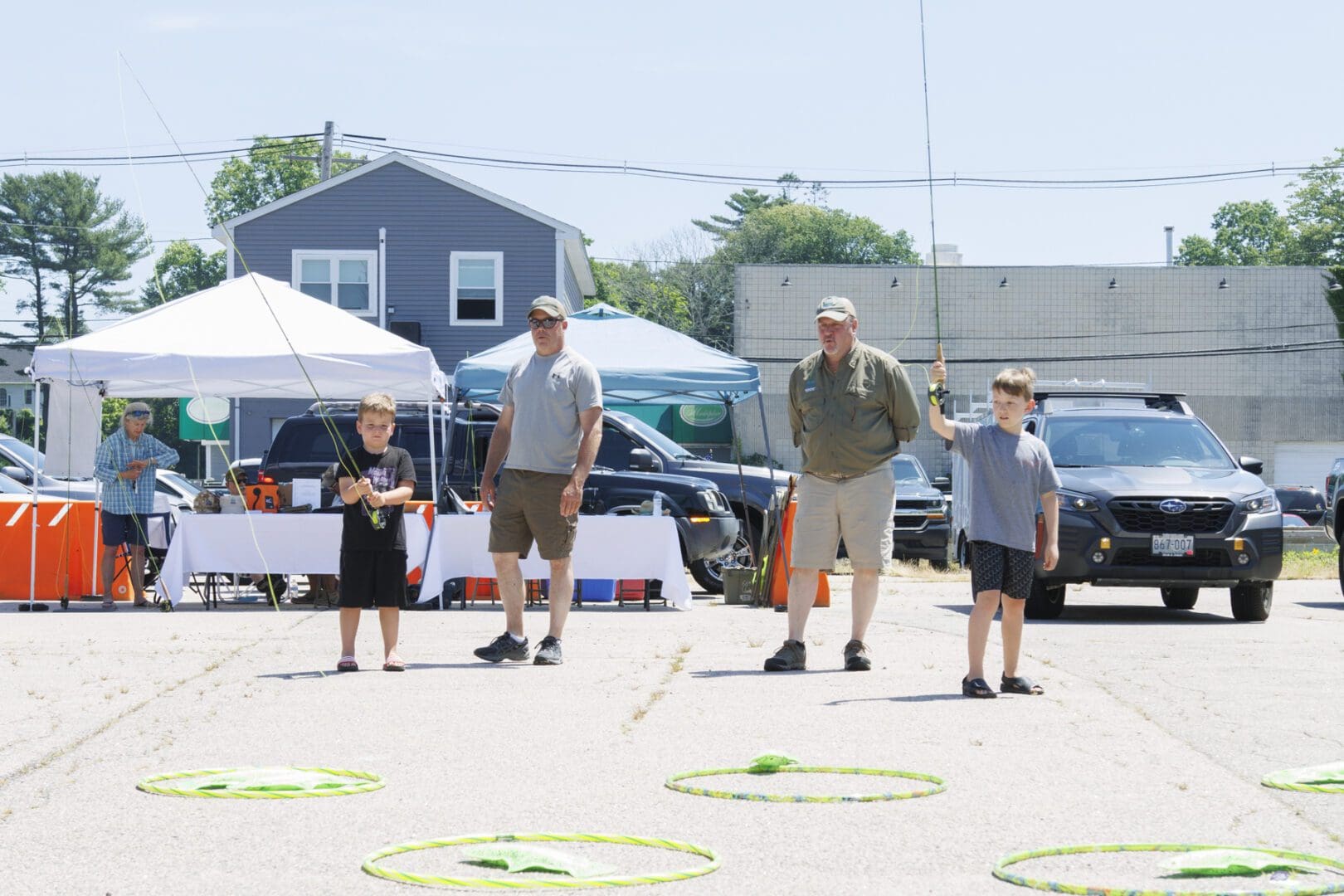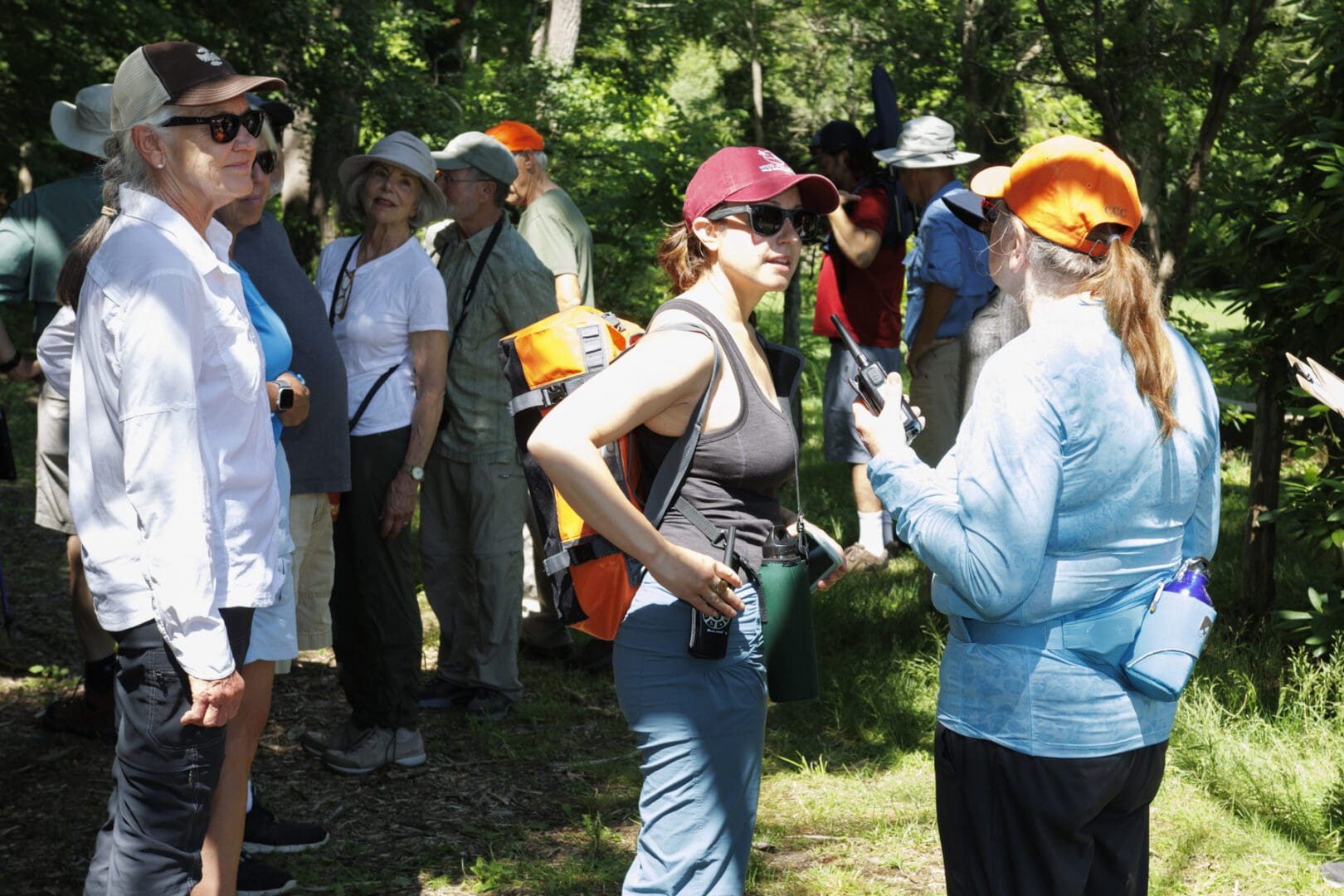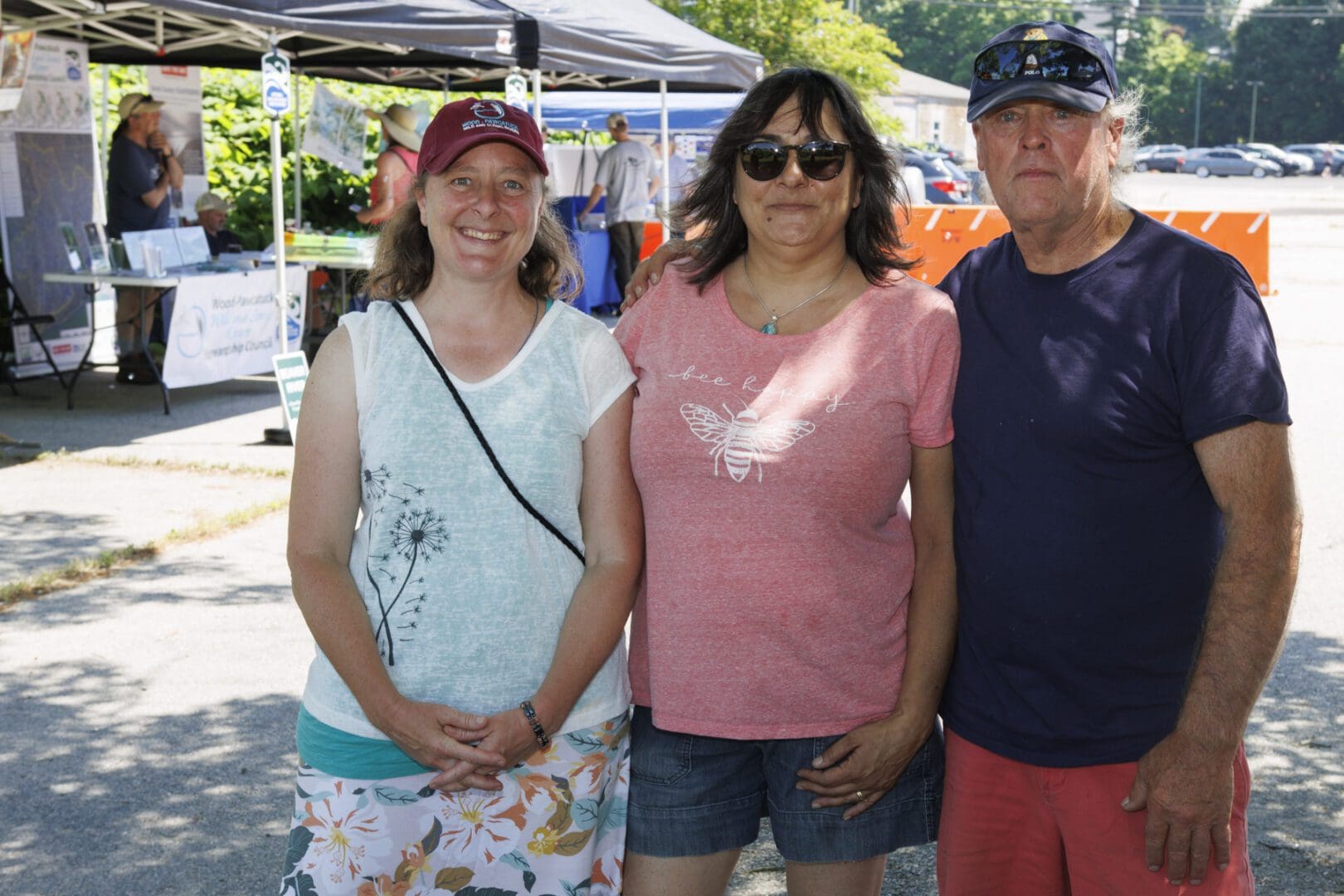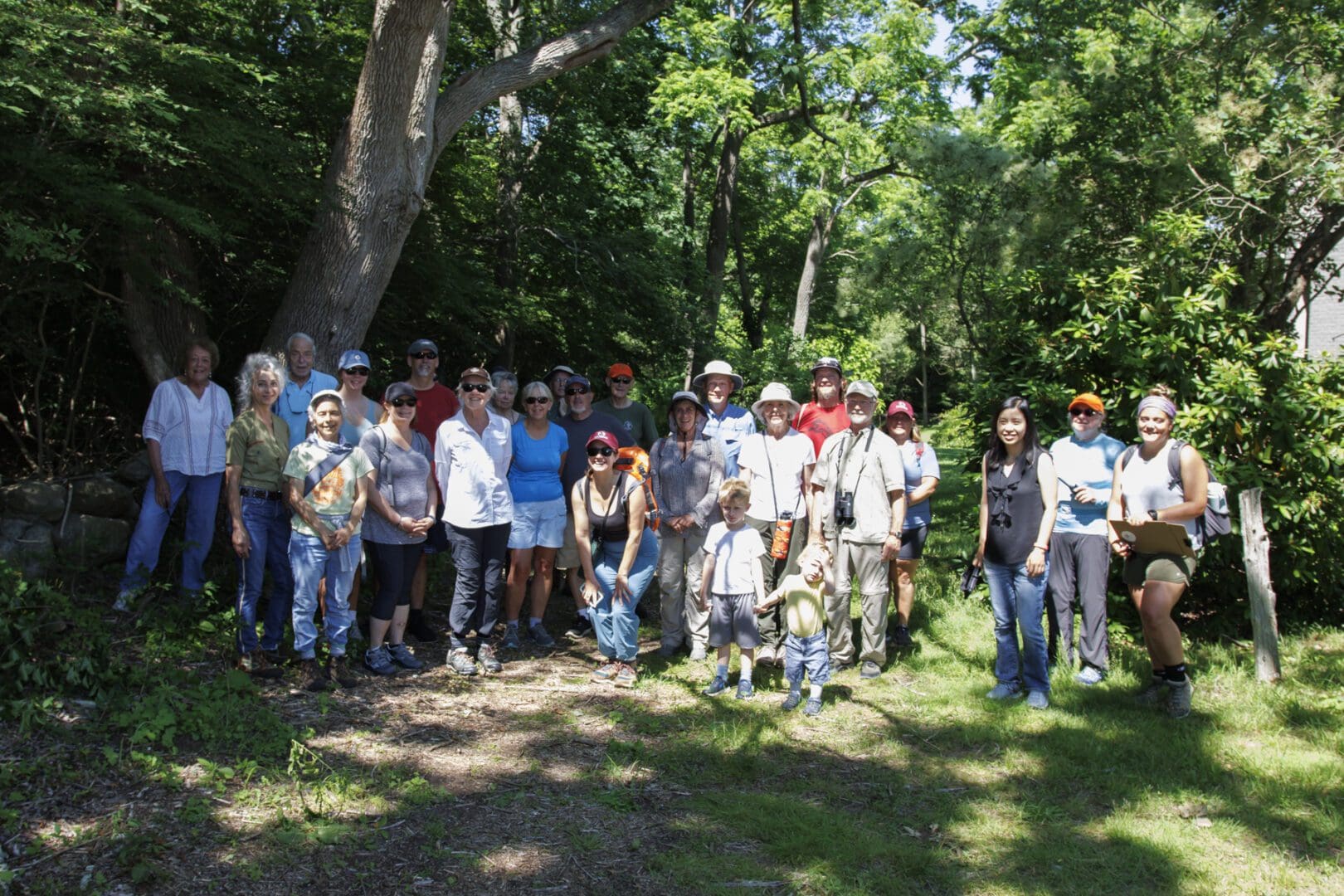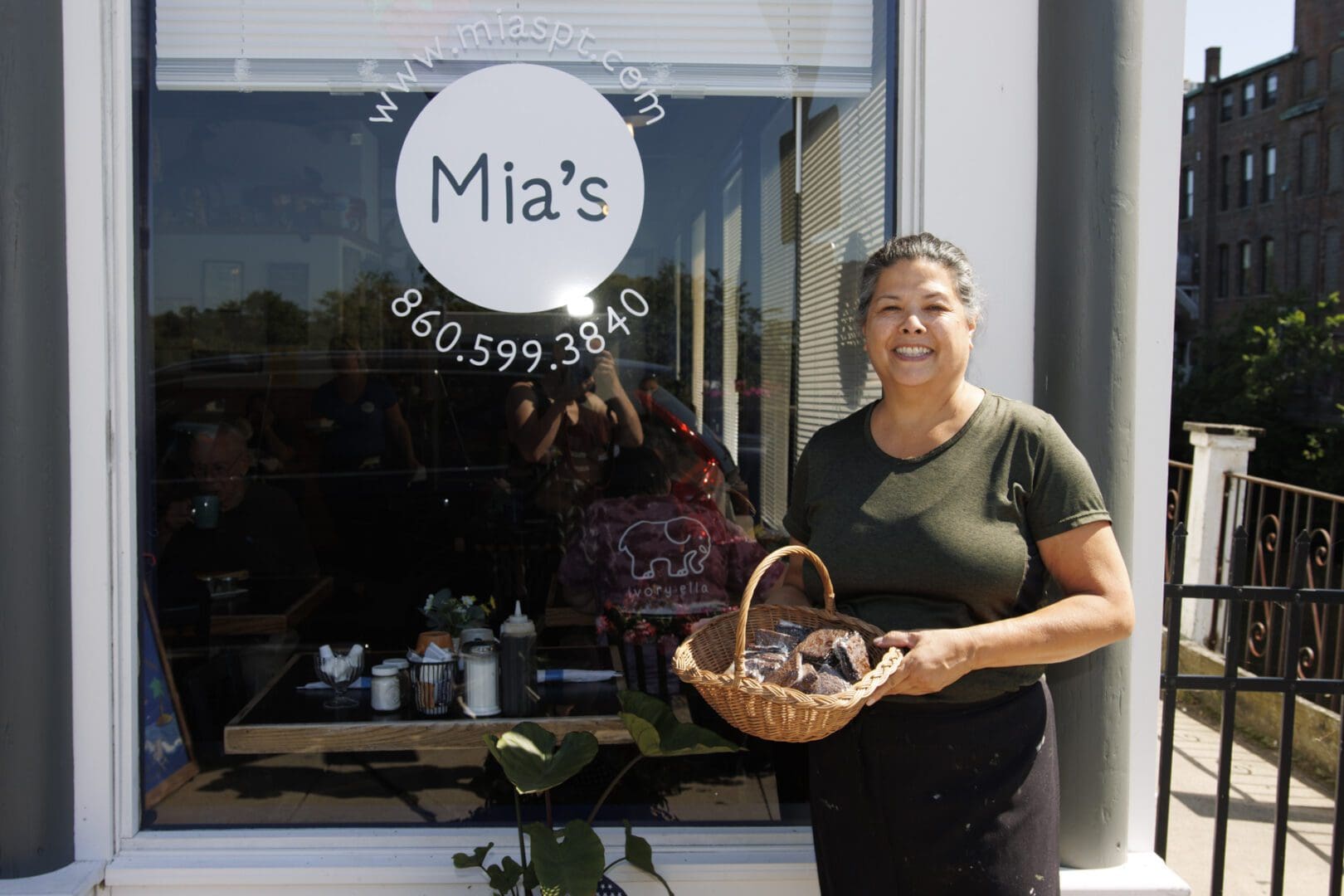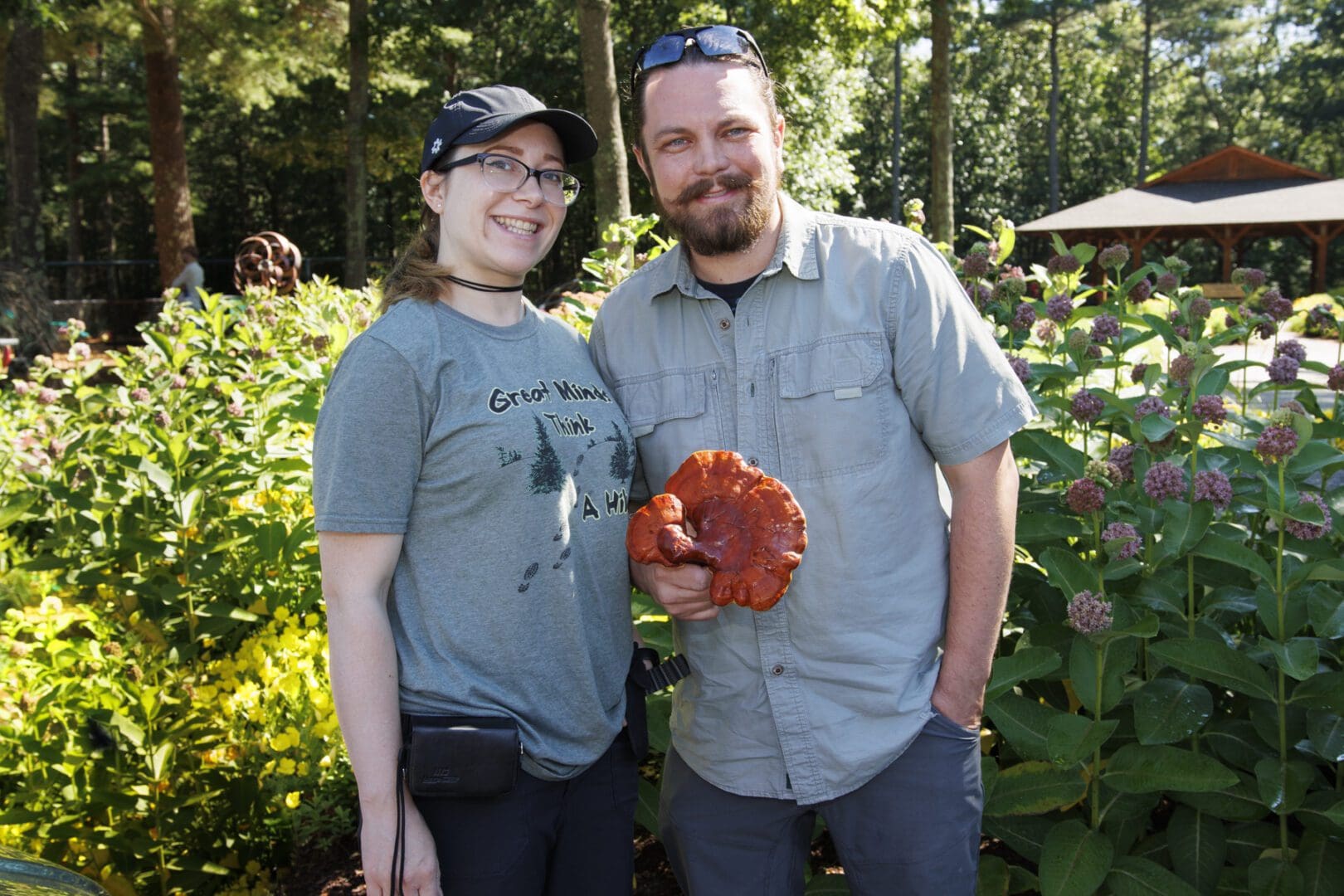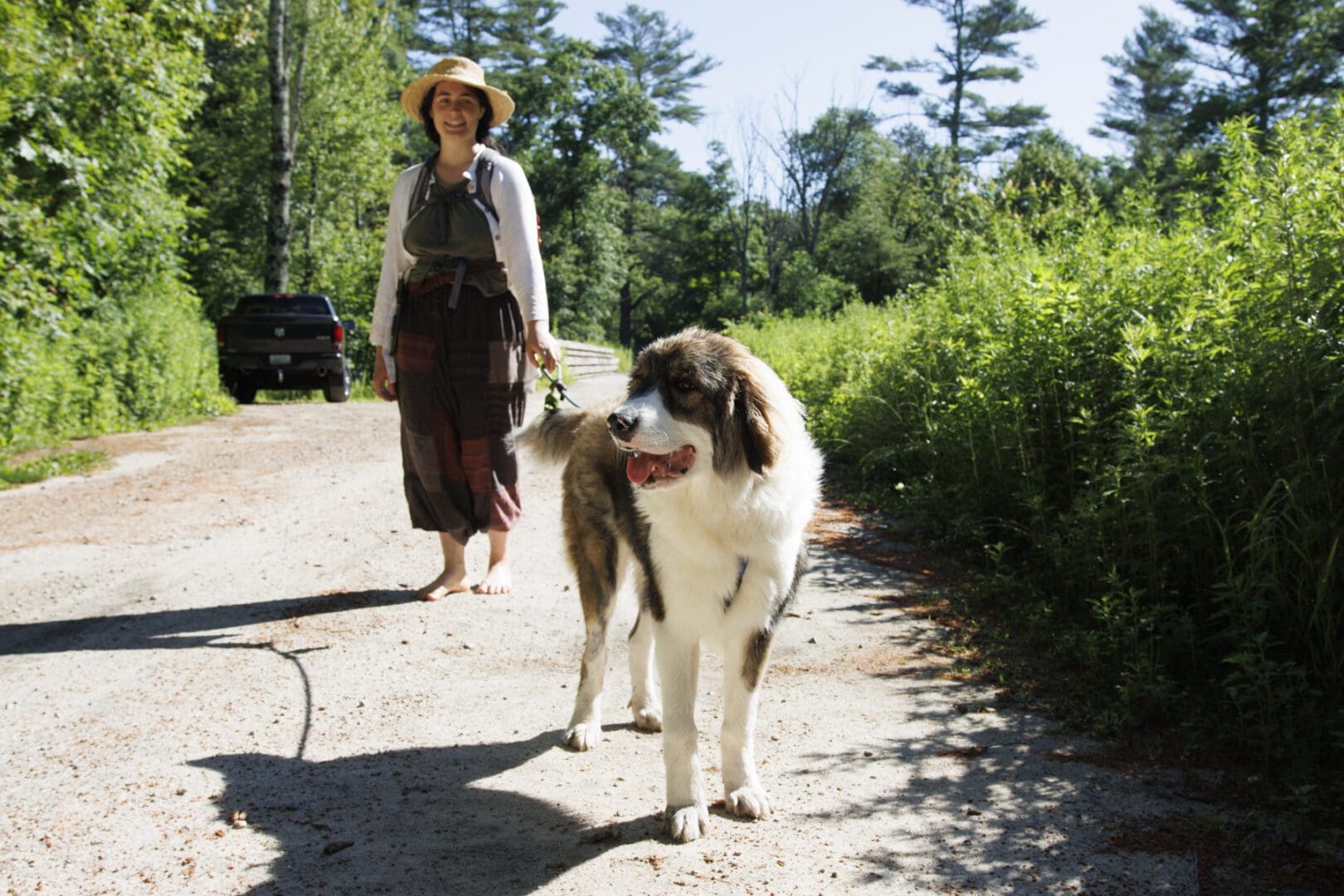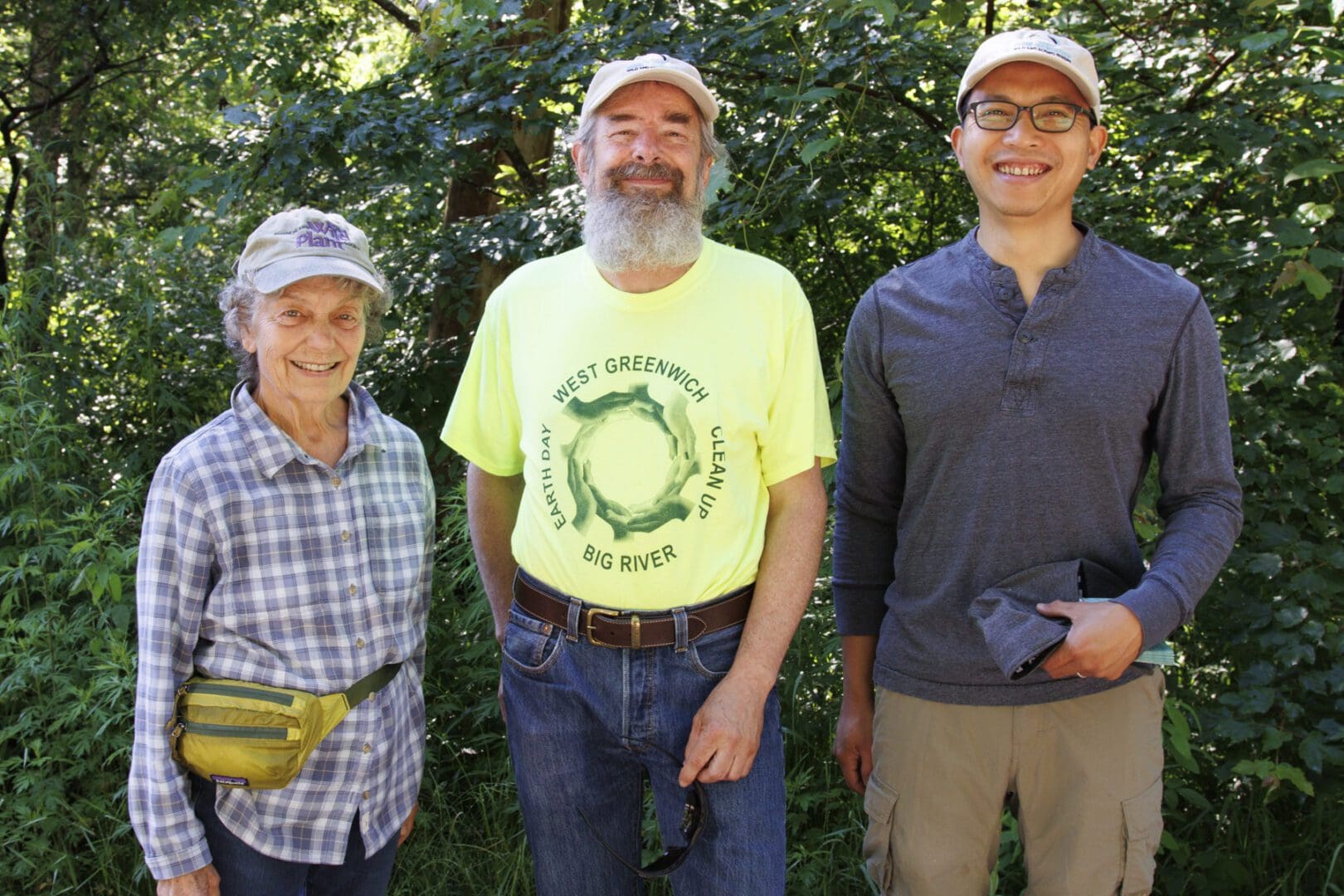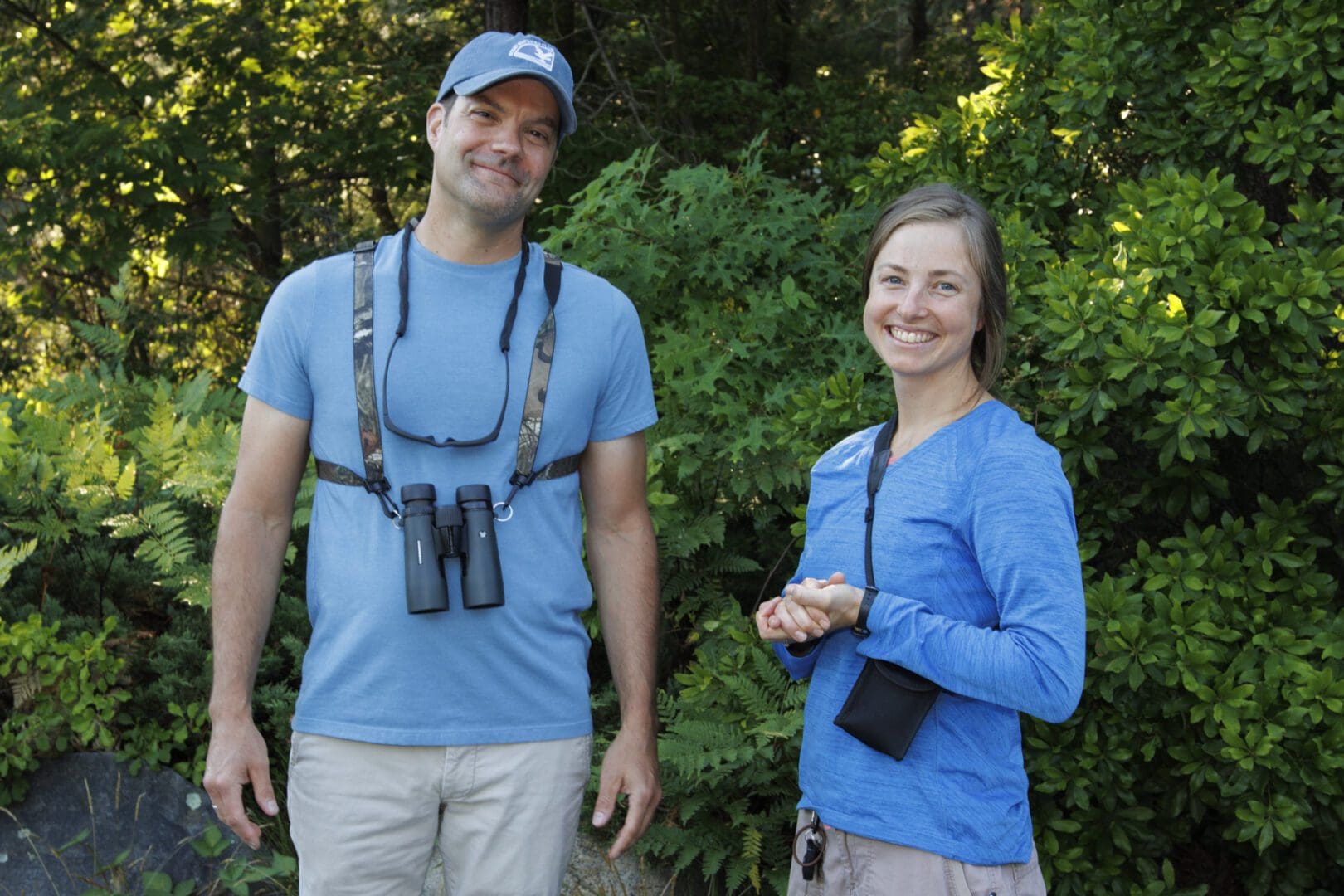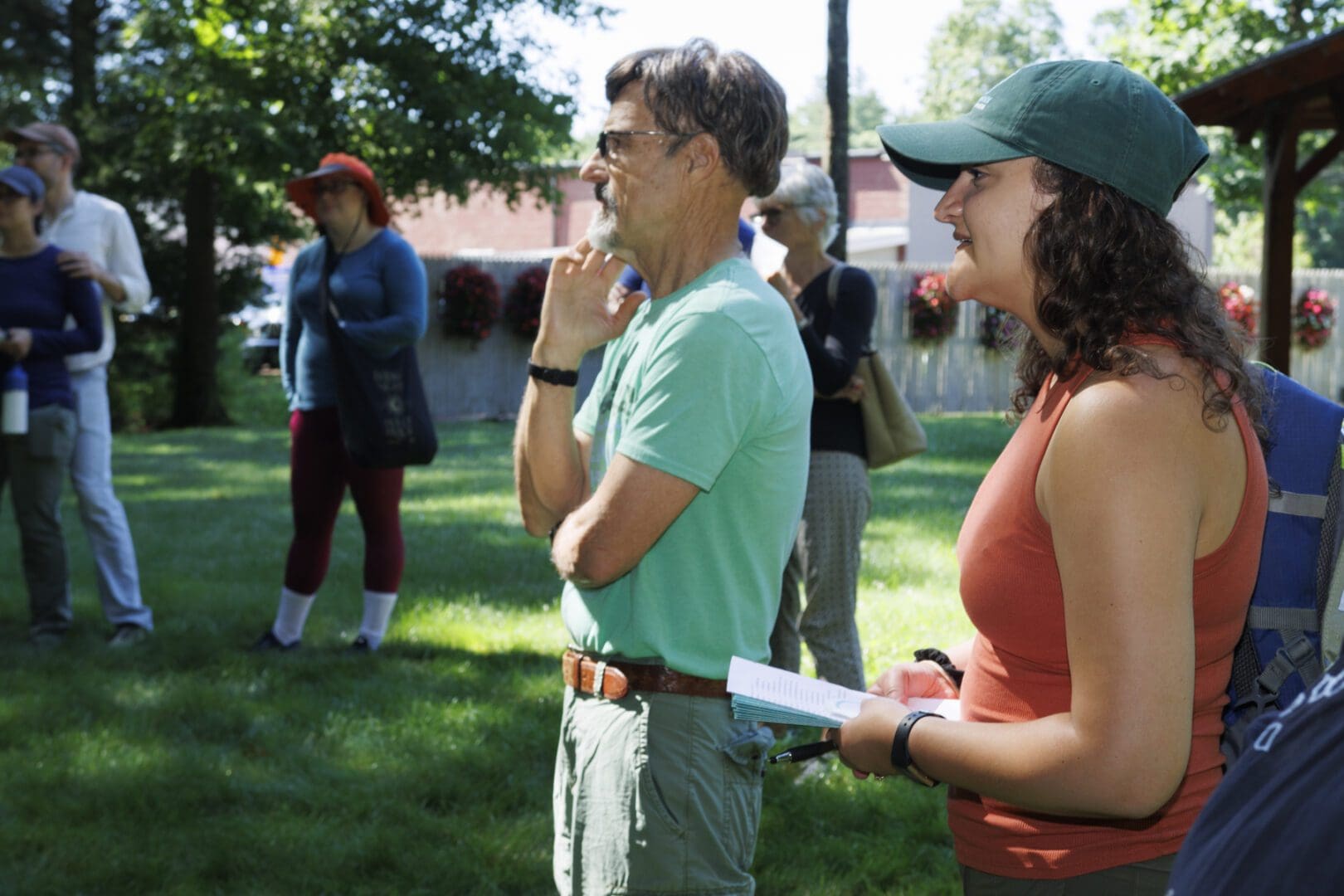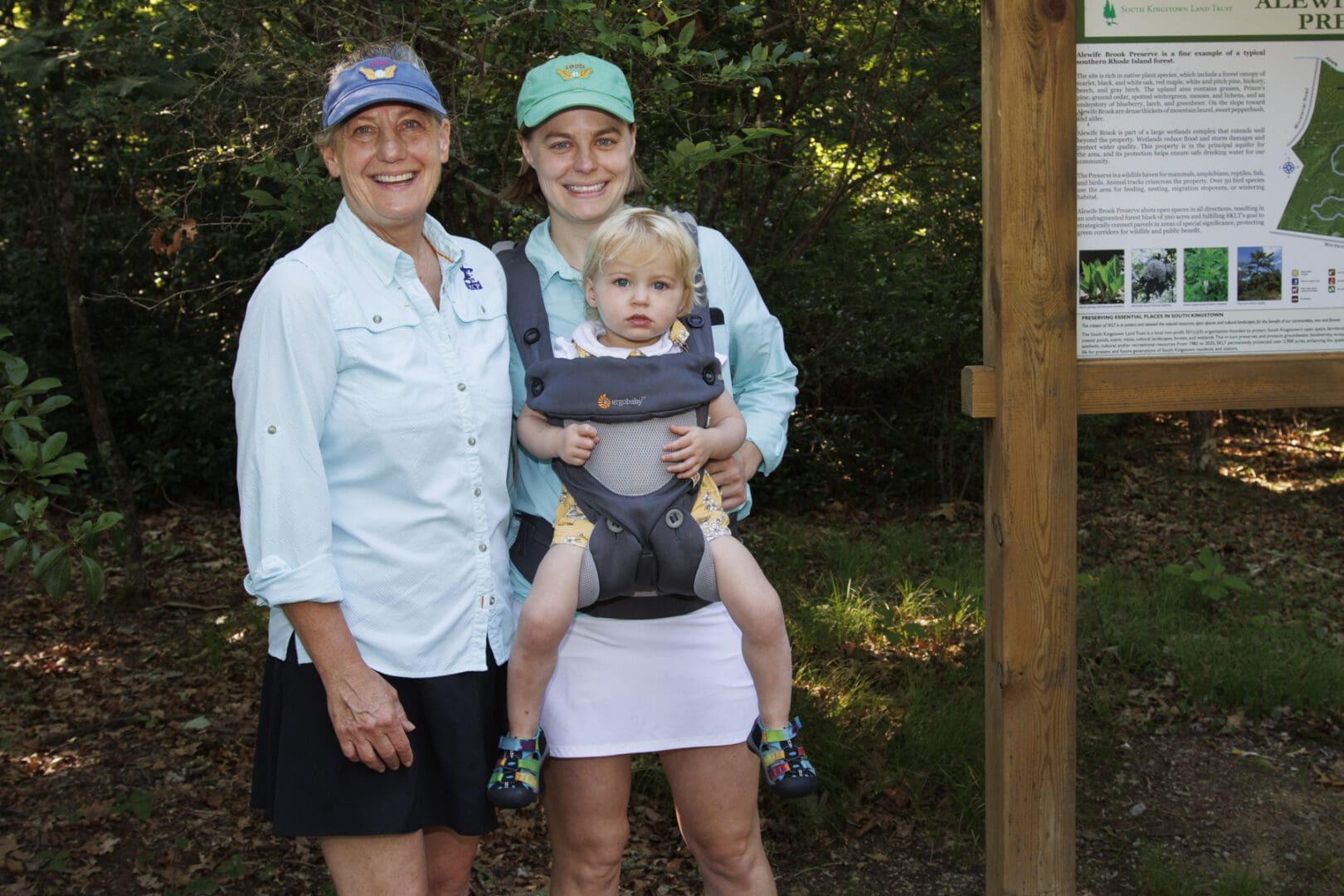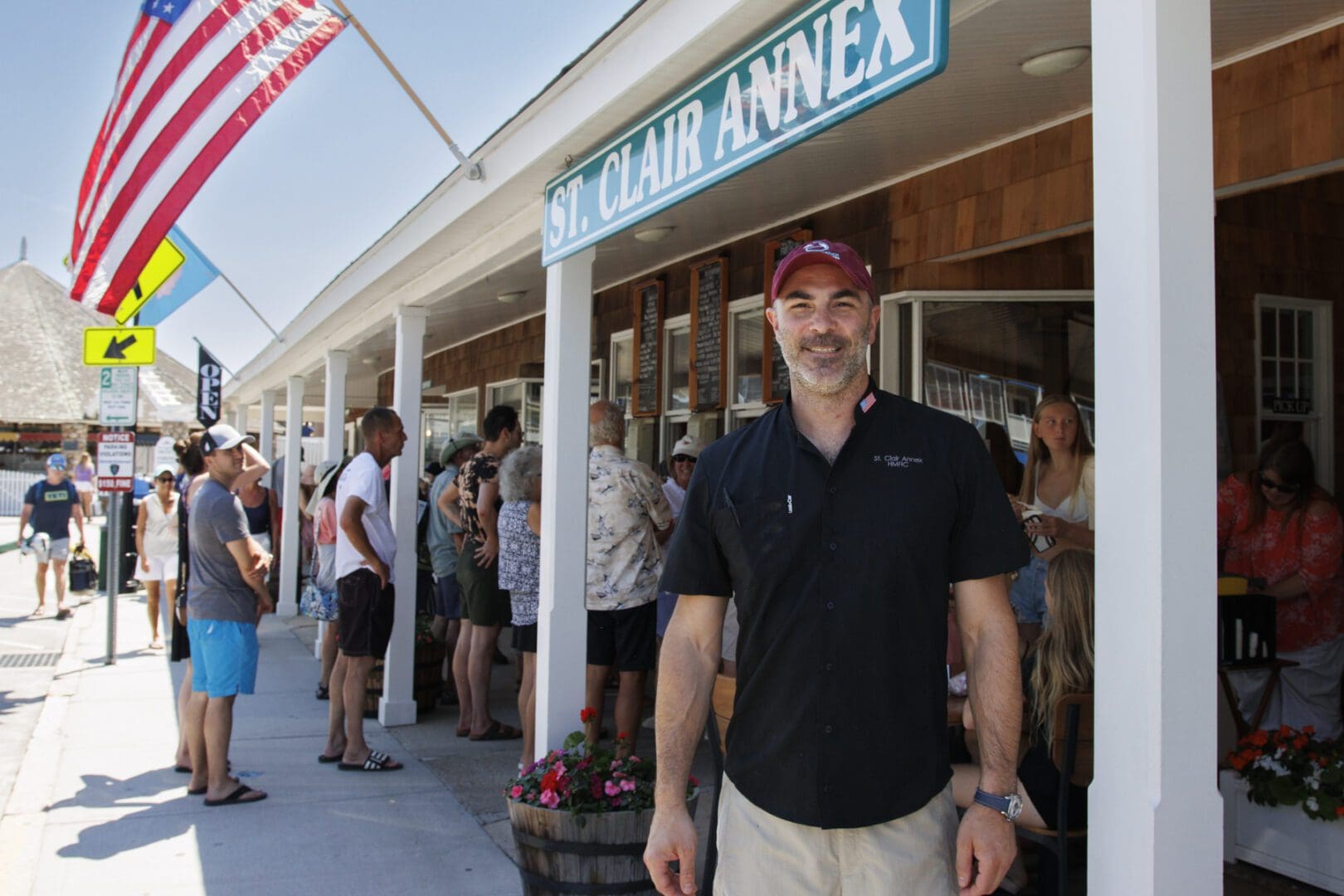Search Posts
Recent Posts
- Outdoors in RI: Help keep recreation areas clean. Invasive Milfoil, trash. 2A update – Jeff Gross July 26, 2024
- Real Estate in RI: Highest-ever sale in Queen’s Grant, EG $1.25M, by Residential Properties July 26, 2024
- Homeless in RI: Gov. Newsom issues Executive Order. Remove California’s encampments. July 26, 2024
- Let the games begin. XXXIII Summer Olympics – John Cardullo July 26, 2024
- GriefSPEAK: What would you do? – Mari Dias Nardolillo July 26, 2024
Categories
Subscribe!
Thanks for subscribing! Please check your email for further instructions.
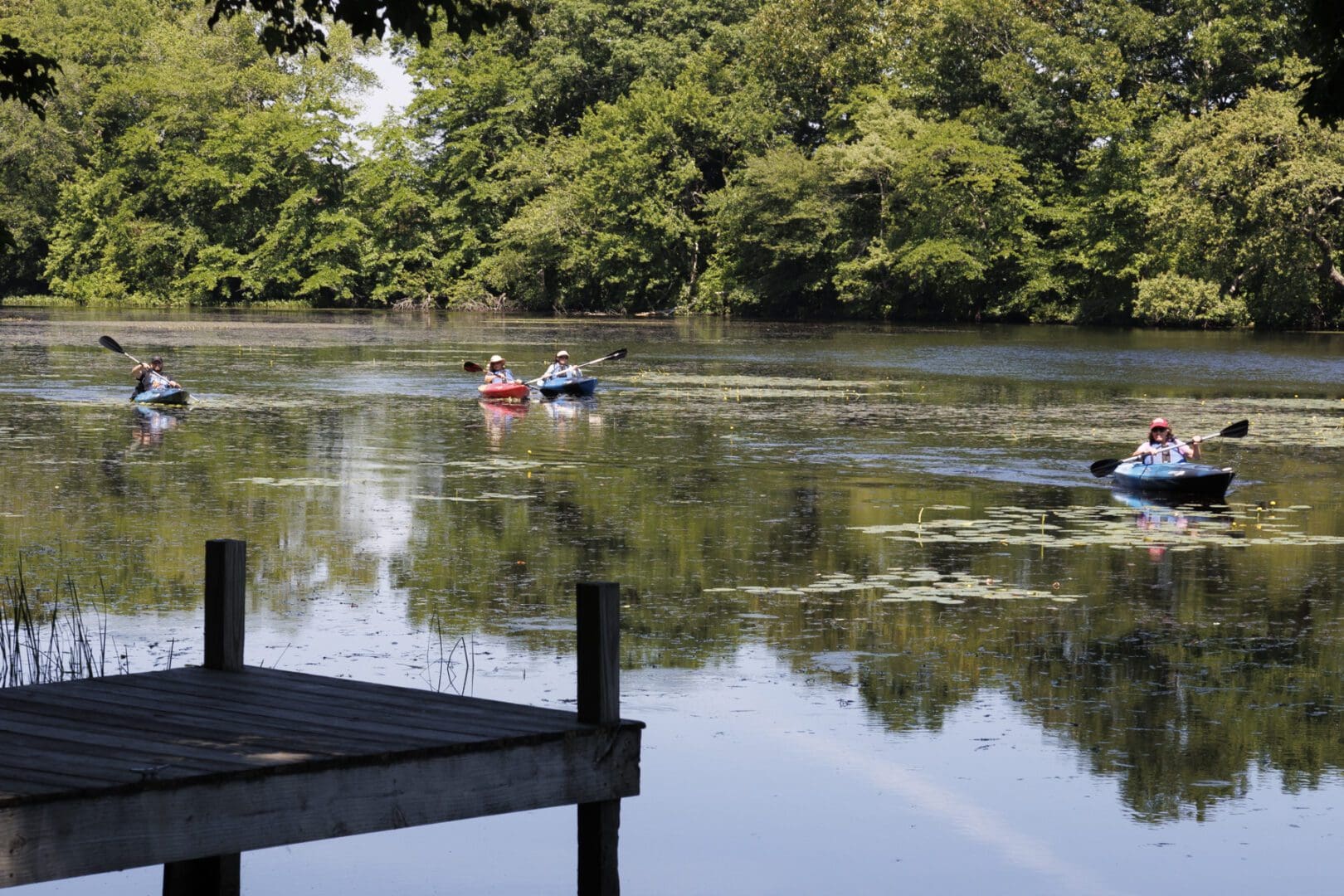
Moths, frogs, hikes highlight 7 Rivers Festival – Wood-Pawcatuck Watershed
The bullfrog is at least four inches long, and it’s being held on its back with its pale belly exposed as a small crowd gathers around to see. “Okay, now take the cotton swab and rub it four times on his belly.” The young man performs the job with an earnest face, then hands the swab over, where it is placed in a plastic container. “Okay, great work. Now bring him back and let him go. Who’s next?” MaryEllen Mateleska, senior director of education and conservation at Mystic Aquarium is leading a dozen adults and children on an expedition she calls “Catching with a Purpose”. The swab was to find out whether the amphibians had a fungal disease. Held at the Babcock Ridge Preserve in North Stonington, CT, the “catching” was one of over two dozen community sponsored events held in Connecticut and Rhode Island by the Wood-Pawcatuck Wild and Scenic Rivers Stewardship Council’s 7 Rivers Festival. Over 500 people attended.
The three-day event celebrated the seven rivers in southern Rhode Island and eastern Connecticut that make up the Wood-Pawcatuck Watershed. In 2019, the Wood-Pawcatuck joined an elite group of rivers that received the federal designation as a Wild and Scenic River. The Wild and Scenic Rivers Act was enacted to protect and preserve certain rivers with outstanding natural, cultural, and recreational values for the enjoyment of present and future generations.
In Hope Valley, URI entomologist Alana Russel stands on a viewing platform while the Wood River floats lazily by behind her. Visitors young and old crowd around a display sponsored by the Hopkinton Land Trust. White plastic containers like ice cube trays contain squirming insects temporarily taken from the river. “The fact that these insects are here tell us that the river is in good shape,” she says. A crowd of youngsters gathers around her as she talks about each of the bugs. She points to one that is yellow and black, doing its best to escape the shallow display pan. “For example, stone flies like this larva are good indicators that this is healthy water.” Russel sees a higher purpose in today’s festival than just showing people a few insects. “It’s important to get people out here and show them that they’re all stewards of the land and water. We’re not the only ones that use the river.”
Kassi Donnelly, Wild and Scenic Rivers Coordinator, was delighted with the whole weekend. “It’s just amazing to see the whole community be so proud of their natural resources,” she said. For Donnelly, the best event was a bat walk at RI Audubon’s Eppley Wildlife Refuge in Exeter. “I heard squeals from the kids looking up at the pups (baby bats) who were hanging between the shingles and the building. One girl decided that the best way to describe the bats was ‘adorable!’. She used that word a lot,” laughed Donnelly. “I really loved seeing the passionate parents who brought kids to these events.”
One element that Donnelly said came as a surprise was that so many people discovered organizations that they hadn’t known existed before. “These are the partners who stood by us during the long process of working toward the Wild and Scenic designation. It was a kind of giving back to have so many new people learn about the groups. Now we had the chance to tell people that many of these organizations are active year ‘round.
“It was a great unintended effect.”
This article was written by Hugh Markey. Photos by Gillian Gordon
